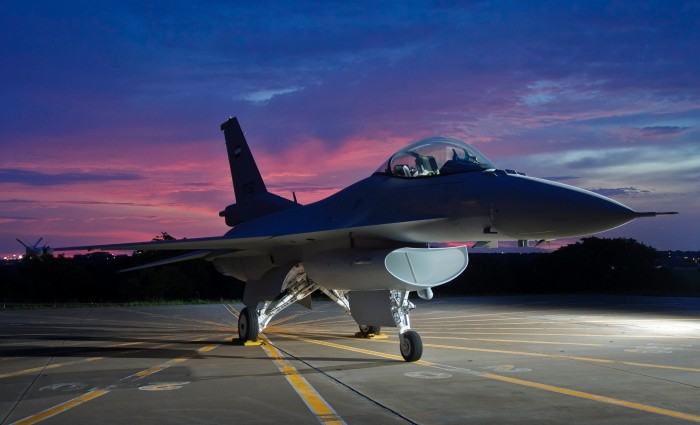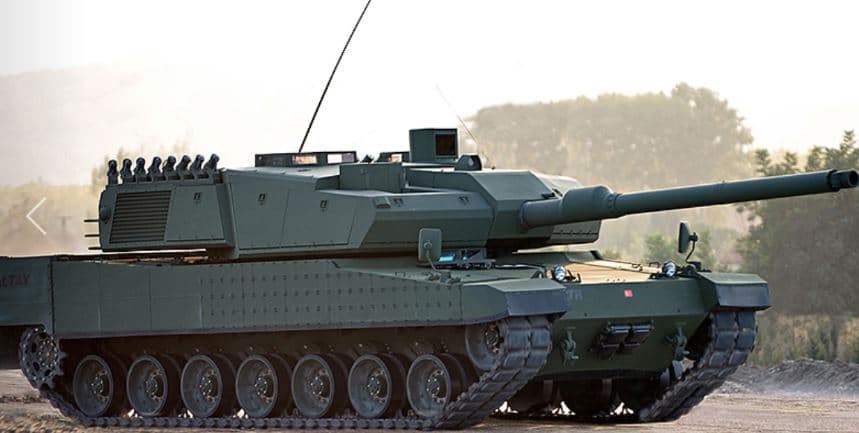18Views 38Comments

U.S. Air Force greenlights F-16 life-extension program
The U.S. Air Force (USAF) has authorized a service life-extension program (SLEP) for its Lockheed Martin F-16C/D Block-40/42 and Block-50/52.
As per Lockheed Martin, the SLEP would extend the airframe lives of the USAF’s F-16s from 8,000 hours to 12,000 hours, which would keep these F-16s in service through 2048. The company is also studying a follow-on SLEP, though its implementation would be contingent on airframe durability testing.
Lockheed Martin’s vice-president for the F-16 program Susan Ouzts stated, “Combined with F-16 avionics modernization programs like the F-16V, SLEP modifications demonstrate that the Fighting Falcon remains a highly capable and affordable 4th Generation option for [USAF] and international F-16 customers.”
There are 300 F-16s undergoing the F-16V upgrade, which includes the AN/APG-83 active electronically-scanned array (AESA) radar, in Asia. Lockheed Martin hopes to secure another 500 upgrade orders.
Besides the U.S., there are older Block-40/42/50/52 in service in Turkey, Greece, Egypt, Israel and several other countries. Relatively new Block-50/52 users include Poland, Pakistan, Morocco and Iraq. Turkey is also developing its own long-term upgrade program for its F-16s.
Currently, Lockheed Martin is vying for a $2.7 billion contract for 19 new-built F-16 Block-70/72 to Oman, which the Trump administration has reportedly approved at the end of March. Despite stepping back from a $700 million purchase for eight F-16C/D Block-52 in 2016, the Pakistan Air Force (PAF) leadership said it was still engaged with the U.S. about procuring new F-16s.
Notes & Comments:
Lockheed Martin is shifting its F-16 assembly line from Fort Worth in Texas to Greenville South Carolina. With the F-16 slotted to stay in production for the foreseeable future, the USAF’s SLEP program (for an initial batch of 300 aircraft) and F-16V upgrade in place, the F-16 will remain as a factor.
It is not clear if the U.S. will follow-up the SLEP with a subsystems upgrade. The USAF had stepped away from the Combat Avionics Programmed Extension Suite (CAPES), which could have imbued USAF F-16s with some, if not all, of the F-16V’s subsystems, most notably the AESA radar. That said, the SLEP and F-16V would be a comprehensive solution for overseas Block-40/42/50/52 users, which provide an ample capability boost for most F-16 users until 5th-generation fighters become a major factor.


